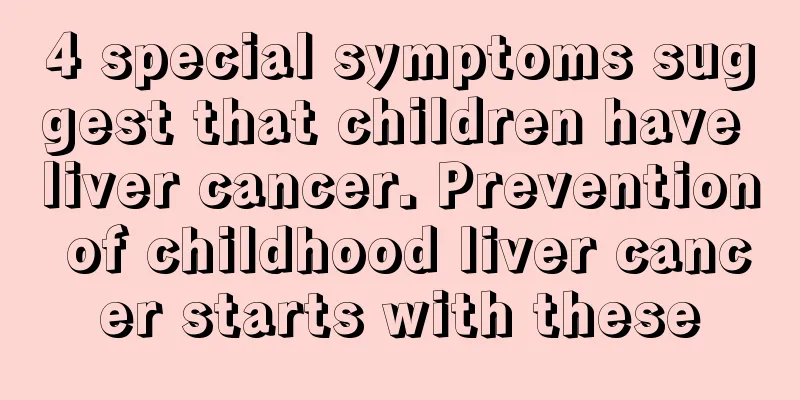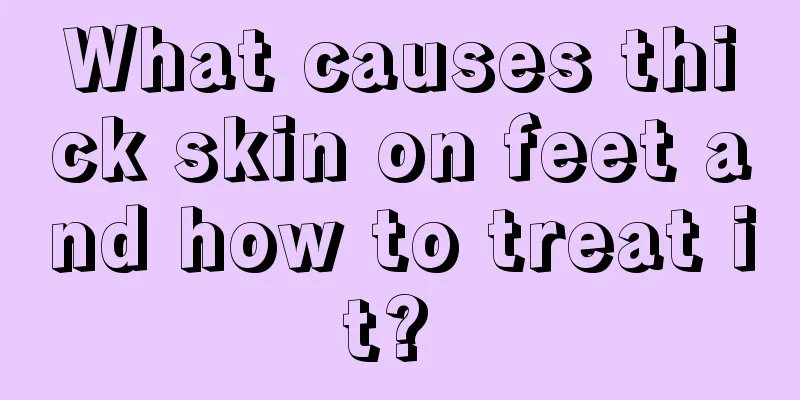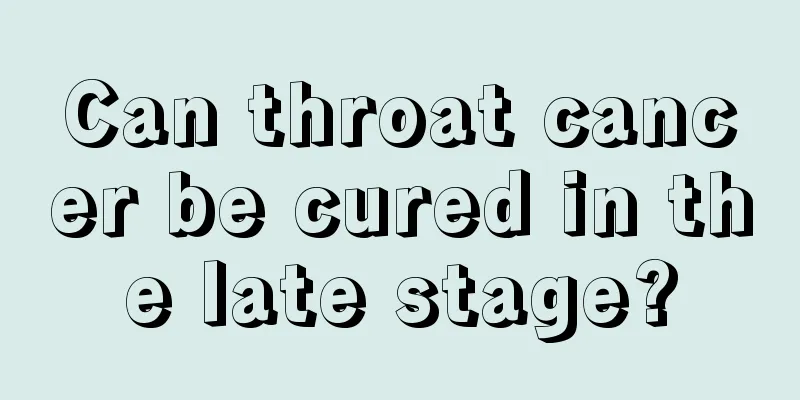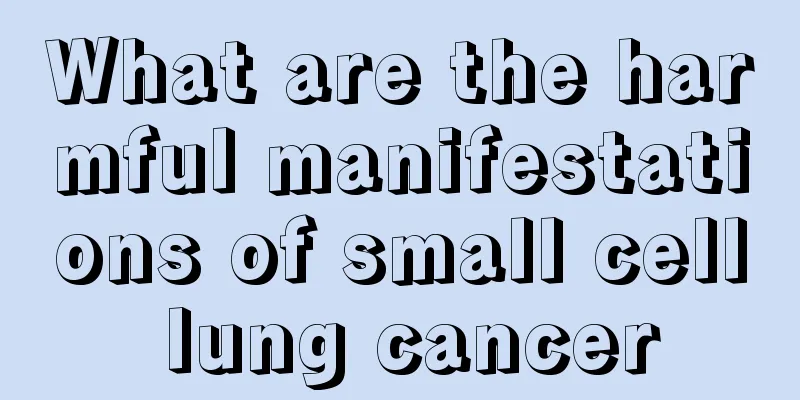What causes pointed feet

|
Pointed feet can be divided into two types, physiological spur feet and pathological. This is worth noting that many children are in the process of learning to walk. Some of them are curious and playful, and the condition can be improved by slowly correcting it by standing on tiptoe. However, some cannot be corrected, and the body will be accompanied by symptoms of forced rigidity, so it should be considered as a disease factor. Symptom classification There are physiological scissor feet and pathological scissor feet, that is, normal and abnormal. Pathological pointed feet Since pathological scissor feet often indicate that the baby may have a certain degree of brain damage or abnormal brain development, parents need to pay enough attention to it. Physiological pointed feet Normal infants under one year old will have transient scoliosis during their growth and development stage, mainly during the stage of supported standing and jumping at around 4 months and the stage of sustained standing starting at around 10 months. The scoliosis will disappear as the infants grow and develop. This is physiological scoliosis. Physiological scissor feet requires close follow-up observation by parents. Disease characteristics 1. Pointed feet persist for a long time and do not disappear; 2. Pointed feet with delayed motor development; 3. Pointed feet appear before 4 months of age; 4. The degree of pointed feet is quite obvious; 5. Pointed feet with poor visual and auditory response; 6. Pointed feet with other abnormal postures. Since the spur toes phenomenon at 4 and 10 months can be either physiological or pathological spur toes, it is difficult for parents to distinguish them. It is recommended to go to the child health department for examination and identification. Turning over and developing 3-6 months is the rolling over development period. The process of turning over generally includes the following four steps: A. The neck erection reflex is mainly seen in newborns. It is caused by the difference in muscle tension distribution under the control of the Moro reflex and the neck erection reflex. B. Dorsiflexion and opisthotonos: The turning over movement starts with rotating the shoulder to one side, extending the spine, and flexing the head dorsiflexion to opisthotonos. Most people can only turn over to the side-lying position. C. Automatic turning over: It is under subcortical control and is mostly purposeless. It starts with raising the pelvic girdle and flexing the trunk, and the entire turning over movement can be completed. D. Purposeful turning over: Turning over purposefully under the control of the cortex. The shoulders and pelvis can rotate to one side at the same time, and can be in a crawling position or a sitting position. The movements can be flexibly adjusted. The baby cannot roll over and his development mostly stops at item A or item B, which means that he is under the control of primitive reflexes and his upright and balance reactions at the midbrain and cortical levels are not mature. |
<<: Can an eye injury heal itself automatically?
Recommend
What is the best medicine for thick white tongue coating
The tongue coating can reflect the health of our ...
What are the early symptoms of brain cancer
Early symptoms of brain cancer include headache, ...
Will you definitely die if you get melanoma?
Modern medicine has proven that melanoma is an ea...
What is the nutritional value and efficacy of sea buckthorn
Judging from the numerous sea buckthorn related p...
The pros and cons of dental implants, let me tell you these points
If you eat for a long time, your teeth will be se...
How long can you live if gastric cancer spreads after surgery
If the patient's gastric cancer is in the ear...
Does it hurt to remove the stitches after double eyelid surgery?
Double eyelid surgery and canthoplasty surgery ar...
Dietary considerations for malignant melanoma
I believe that most people don’t know what melano...
Doing 5 small things in the shower will make you healthier
1. Prevent dry lines and cracks After winter and ...
Detailed explanation of the correct method of reverse breathing
Nowadays people are more concerned about health p...
Right breast nodule, level 3
Some women may suffer from breast nodules. When t...
What is ovarian cancer? 3 ways to prevent ovarian cancer
Many women are very unfamiliar with ovarian cance...
Sores on the head and hair loss
In daily life, many people have experienced sores...
Frequent urination and lower abdominal pain are actually caused by them
For female friends who experience frequent urinat...
Is it okay to wash and blow dry my hair at night?
Washing hair is actually a very common phenomenon...









